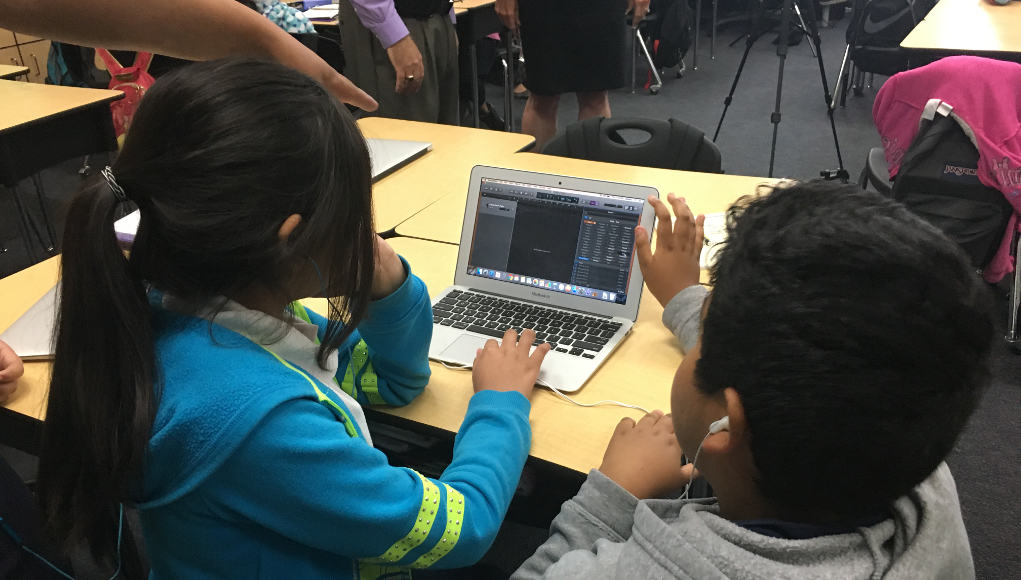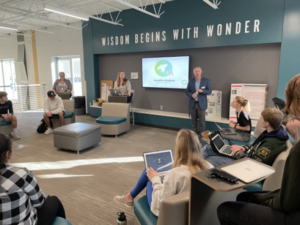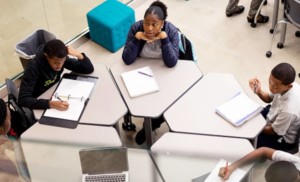Tom Vander Ark on Personalized Learning

In this blended, mix-and-match, do-it-yourself world of education, what is curriculum, and who develops it? How do we know if it works?
Earlier this year Tom spoke about personalized learning at a McGraw-Hill Education event at Stanford. He compared the way most district academic officers framed the work 10 years ago and the next generation approach:
After the event, McGraw asked Tom these four follow-up questions:
1. How does technology promote equity, access and opportunity for all students?
- Schools and districts need to ensure students have equitable access to a “three screen day” that includes:
- BYOD mobile device (used in school when appropriate, see lessons from David Haglund)
- Production device (laptop, Chromebook) they can take home, and
- Sharing screens in classrooms available for group learning and presentation.
- Schools need community partnerships that create good and affordable home broadband access.
2. How is open content a driver for personalized learning?
- OER can reduce the cost of instructional materials and help fund 1:1 access. For example, in El Paso a partnership with CK12 replaced high school textbooks and helped fund the 1:1 laptop program.
- Learning platforms are getting better at combining OER, teacher developed content and smart content (engaging with embedded assessment).
3. Do you see the classroom changing to an environment where students are coming to learn and not be taught?
- We’re seeing more blended and personalized learning classrooms where students have more voice and choice with more control over pacing and (to some extent) their learning path.
- We’re also seeing more inquiry-based learning, maker experiences and design thinking (check out this podcast with Sandy Speicher from IDEO to learn more about design thinking).
4. How important is it for students to feel empowered on their educational journey? How can you envision technology enabling that journey?
- The automation economy requires lifelong learning–and that requires a strong sense of agency and self-direction.
- It used to be that compliant students could do well in college and careers, but now mindsets matter as well as an ability to manage yourself and interact with others–we call it an innovation mindset: effort, initiative and collaboration.
- We need to create more schools (like One Stone in Boise) where students have ownership.
For more, see:
- David Haglund on Lessons Learned in Santa Ana
- Scaling Personalized Learning: Alex Hernandez on Creating a Shared Vision
- Getting Smart Podcast | Personalizing Learning Through the Instructional and Technology Integration Model
Stay in-the-know with all things EdTech and innovations in learning by signing up to receive the weekly Smart Update. This post includes mentions of a Getting Smart partner. For a full list of partners, affiliate organizations and all other disclosures please see our Partner page.






0 Comments
Leave a Comment
Your email address will not be published. All fields are required.